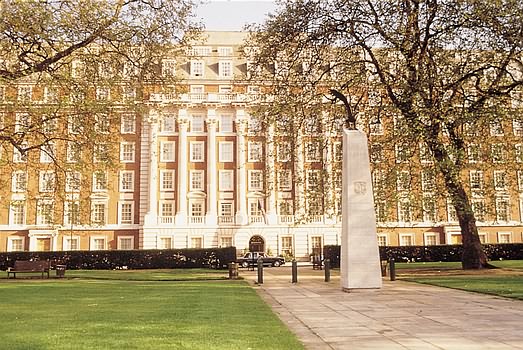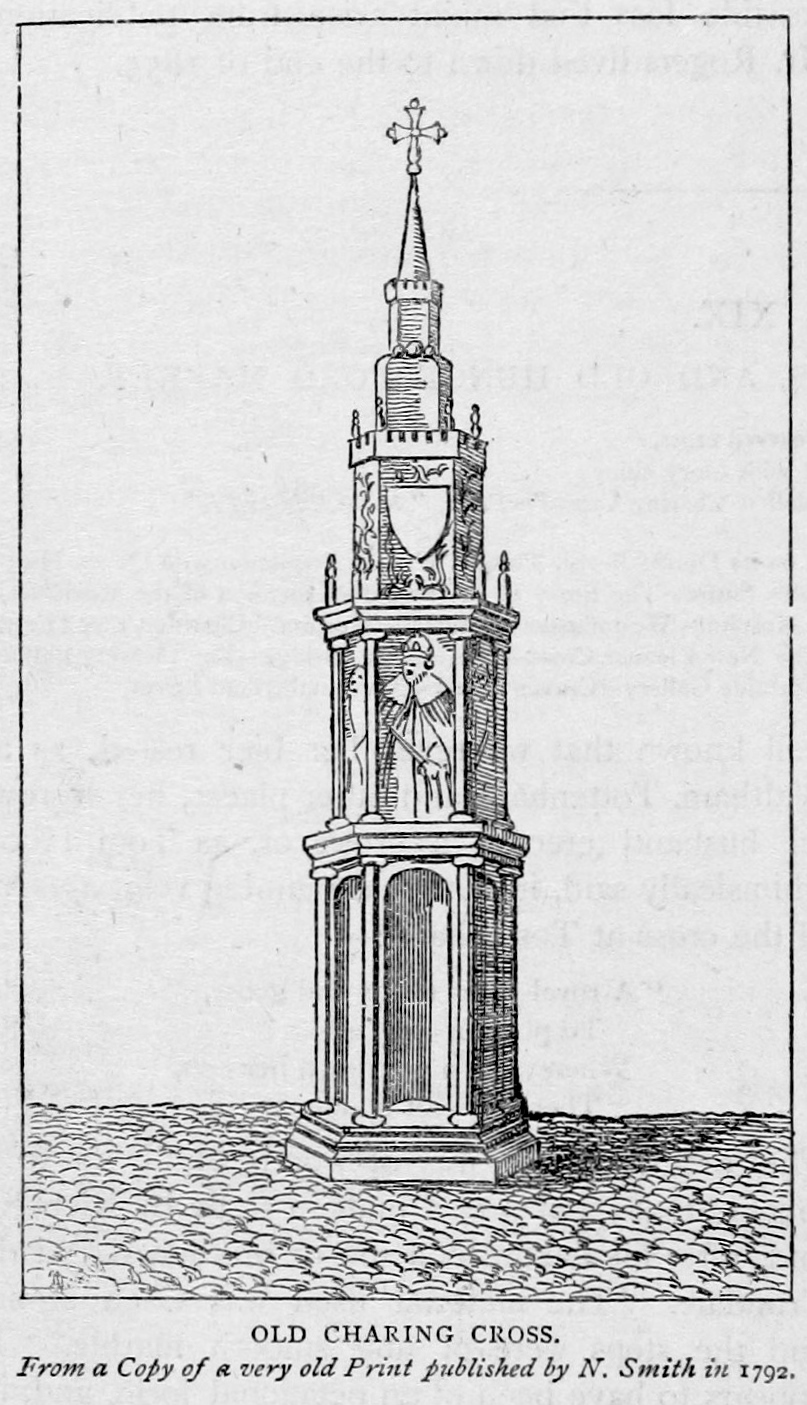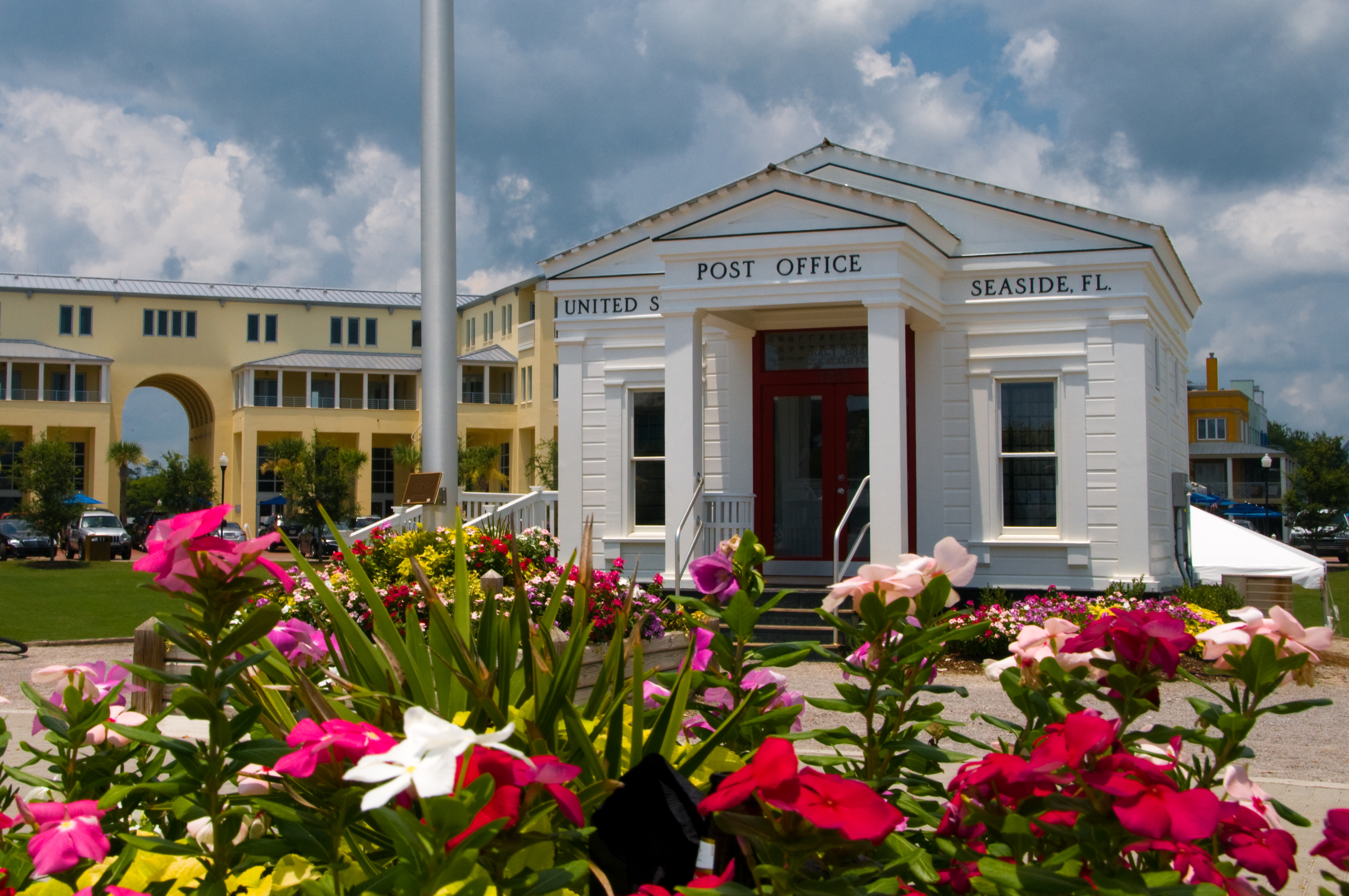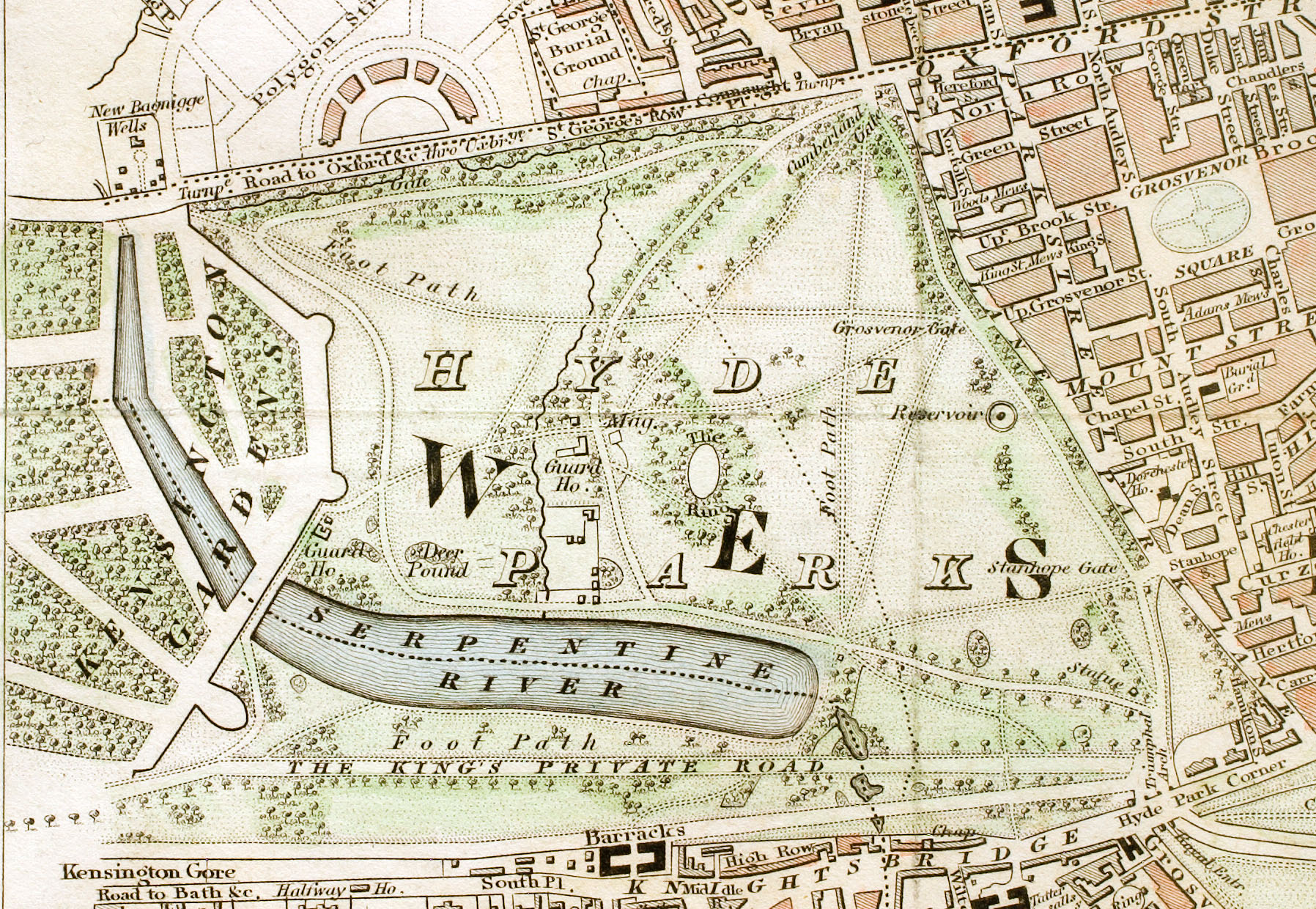|
Mews
A mews is a row or courtyard of stables and carriage houses with living quarters above them, built behind large city houses before motor vehicles replaced horses in the early twentieth century. Mews are usually located in desirable residential areas, having been built to cater for the horses, coachmen and stable-servants of prosperous residents. The word mews comes from the Royal Mews in London, England, a set of royal stables built 500 years ago on a former royal hawk mews. The term is now commonly used in English-speaking countries for city housing of a similar design. After the advent of World War Two, mews were replaced by alleys and the carriage houses by garages for automobiles. Hawk mews Mews derives from the French ''muer'', "to moult", reflecting its original function to confine hawks while they moulted.''Oxford English Dictionary'' online, accessed 17 February 2019 Shakespeare deploys ''to mew up'' to mean confine, coop up, or shut up in ''The Taming of the Shr ... [...More Info...] [...Related Items...] OR: [Wikipedia] [Google] [Baidu] |
Mews (falconry)
In falconry, a mews is a birdhouse designed to house one or more birds of prey. In falconry there are two types of mews: the freeloft mews and traditional mews. Traditional mews usually consist of partitioned spaces designed to keep tethered birds separated with perches for each bird in the partitioned space. Many birds can be safely and comfortably housed in this setup. Traditional mews must be accompanied by a weathering yard to allow captive raptors adequate time outside as most traditional mews do not permit tethered raptors to spend time outdoors. Freeloft mews allow captive raptors more freedom of motion, and require much more space, as usually only one raptor may safely occupy the much larger chambers. Mews chambers can be as small as {{convert, 36, sqft, m2 and are frequently much larger, often occupying as much space as a small house and sometimes reaching as high as three storeys. Birds are allowed to fly free within the chamber, and very often can choose between a numbe ... [...More Info...] [...Related Items...] OR: [Wikipedia] [Google] [Baidu] |
King's Mews
The Royal Mews is a mews, or collection of equestrian stables, of the British Royal Family. In London these stables and stable-hands' quarters have occupied two main sites in turn, being located at first on the north side of Charing Cross, and then (since the 1820s) within the grounds of Buckingham Palace. The Royal Mews, Buckingham Palace includes an extensive display of royal carriages and other associated items, and is open to the public for much of the year. It is also a working part of the palace, where horses and people live and work, and where carriages and cars are in daily use supporting the work of the King as head of state. At Charing Cross The first set of stables to be referred to as a mews was at Charing Cross at the western end of The Strand. The royal hawks were kept at this site from 1377 and the name originates from the fact that they were confined there at moulting time ("mew" being derived from the French verb "muer", to moult). The building was destr ... [...More Info...] [...Related Items...] OR: [Wikipedia] [Google] [Baidu] |
Mayfair
Mayfair is an affluent area in the West End of London towards the eastern edge of Hyde Park, in the City of Westminster, between Oxford Street, Regent Street, Piccadilly and Park Lane. It is one of the most expensive districts in the world. The area was originally part of the manor of Eia and remained largely rural until the early 18th century. It became well known for the annual "May Fair" that took place from 1686 to 1764 in what is now Shepherd Market. Over the years, the fair grew increasingly downmarket and unpleasant, and it became a public nuisance. The Grosvenor family (who became Dukes of Westminster) acquired the land through marriage and began to develop it under the direction of Thomas Barlow. The work included Hanover Square, Berkeley Square and Grosvenor Square, which were surrounded by high-quality houses, and St George's Hanover Square Church. By the end of the 18th century, most of Mayfair was built on with upper-class housing; unlike some nearby areas ... [...More Info...] [...Related Items...] OR: [Wikipedia] [Google] [Baidu] |
Washington Mews
Washington Mews is a private gated street in New York City between Fifth Avenue and University Place just north of Washington Square Park. Along with MacDougal Alley and Stuyvesant Street, it was originally part of a Lenape trail which connected the Hudson and East Rivers,, pp. 5 & 67 and was first developed as a mews (row of stables) that serviced horses from homes in the area. Since the 1950s the former stables have served as housing, offices and other facilities for New York University. History Washington Mews is on land that in the 18th century was part of a large farm owned by Capt. Robert Richard Randall; upon Randall's death, he bequeathed the land to what became known as Sailors' Snug Harbor. The institution leased the land, using the resulting income to establish its Staten Island complex; the homes built on the land along the north side of Washington Square and the south side of Eighth Street came with two-story stables built along what became known as Washington Me ... [...More Info...] [...Related Items...] OR: [Wikipedia] [Google] [Baidu] |
Marylebone
Marylebone (usually , also , ) is a district in the West End of London, in the City of Westminster. Oxford Street, Europe's busiest shopping street, forms its southern boundary. An ancient parish and latterly a metropolitan borough, it merged with the boroughs of Westminster and Paddington to form the new City of Westminster in 1965. Marylebone station lies two miles north-west of Charing Cross. History Marylebone was originally an Ancient Parish formed to serve the manors (landholdings) of Lileston (in the west, which gives its name to modern Lisson Grove) and Tyburn in the east. The parish is likely to have been in place since at least the twelfth century and will have used the boundaries of the pre-existing manors. The boundaries of the parish were consistent from the late twelfth century to the creation of the Metropolitan Borough which succeeded it. Etymology The parish took its name from its church, dedicated to St Mary; the original church was built on th ... [...More Info...] [...Related Items...] OR: [Wikipedia] [Google] [Baidu] |
Charing Cross
Charing Cross ( ) is a junction in Westminster, London, England, where six routes meet. Clockwise from north these are: the east side of Trafalgar Square leading to St Martin's Place and then Charing Cross Road; the Strand leading to the City; Northumberland Avenue leading to the Thames Embankment; Whitehall leading to Parliament Square; The Mall leading to Admiralty Arch and Buckingham Palace; and two short roads leading to Pall Mall. The name also commonly refers to the Queen Eleanor Memorial Cross at Charing Cross station. A bronze equestrian statue of Charles I, erected in 1675, stands on a high plinth, situated roughly where a medieval monumental cross had previously stood for 353 years (since its construction in 1294) until destroyed in 1647 by Cromwell and his revolutionary government. The famously beheaded King, appearing ascendant, is the work of French sculptor Hubert Le Sueur. The aforementioned eponymous monument, the "Charing Cross", was the largest an ... [...More Info...] [...Related Items...] OR: [Wikipedia] [Google] [Baidu] |
Royal Borough Of Kensington And Chelsea
The Royal Borough of Kensington and Chelsea is an Inner London, Inner London boroughs, London borough with Royal borough, royal status. It is the List of English districts by area, smallest borough in London and the second smallest Districts of England, district in England; it is one of the most densely populated administrative regions in the United Kingdom. It includes affluent areas such as Notting Hill, Kensington, South Kensington, Chelsea, London, Chelsea, and Knightsbridge. The borough is immediately west of the City of Westminster and east of the London Borough of Hammersmith and Fulham. It contains major museums and universities in Albertopolis, department stores such as Harrods, Peter Jones (department store), Peter Jones and Harvey Nichols, and embassies in Belgravia, Knightsbridge and Kensington Gardens. The borough is home to the Notting Hill Carnival, Europe's largest, and contains many of the most expensive residential properties in the world, as well as Kensington ... [...More Info...] [...Related Items...] OR: [Wikipedia] [Google] [Baidu] |
Leon Krier
Leon, Léon (French) or León (Spanish) may refer to: Places Europe * León, Spain, capital city of the Province of León * Province of León, Spain * Kingdom of León, an independent state in the Iberian Peninsula from 910 to 1230 and again from 1296 to 1301 * León (historical region), composed of the Spanish provinces León, Salamanca, and Zamora * Viscounty of Léon, a feudal state in France during the 11th to 13th centuries * Saint-Pol-de-Léon, a commune in Brittany, France * Léon, Landes, a commune in Aquitaine, France * Isla de León, a Spanish island * Leon (Souda Bay), an islet in Souda Bay, Chania, on the island of Crete North America * León, Guanajuato, Mexico, a large city * Leon, California, United States, a ghost town * Leon, Iowa, United States * Leon, Kansas, United States * Leon, New York, United States * Leon, Oklahoma, United States * Leon, Virginia, United States * Leon, West Virginia, United States * Leon, Wisconsin (other), United States, ... [...More Info...] [...Related Items...] OR: [Wikipedia] [Google] [Baidu] |
New Urbanism
New Urbanism is an urban design movement which promotes environmentally friendly habits by creating walkable neighbourhoods containing a wide range of housing and job types. It arose in the United States in the early 1980s, and has gradually influenced many aspects of real estate development, urban planning, and municipal land-use strategies. New Urbanism attempts to address the ills associated with urban sprawl and post-Second World War suburban development. New Urbanism is strongly influenced by urban design practices that were prominent until the rise of the automobile prior to World War II; it encompasses ten basic principles such as traditional neighborhood development (TND) and transit-oriented development (TOD). These ideas can all be circled back to two concepts: building a sense of community and the development of ecological practices. The organizing body for New Urbanism is the Congress for the New Urbanism, founded in 1993. Its foundational text is the ''Charter ... [...More Info...] [...Related Items...] OR: [Wikipedia] [Google] [Baidu] |
Hyde Park, London
Hyde Park is a Grade I-listed major park in Westminster, Greater London, the largest of the four Royal Parks that form a chain from the entrance to Kensington Palace through Kensington Gardens and Hyde Park, via Hyde Park Corner and Green Park past the main entrance to Buckingham Palace. The park is divided by the Serpentine and the Long Water lakes. The park was established by Henry VIII in 1536 when he took the land from Westminster Abbey and used it as a hunting ground. It opened to the public in 1637 and quickly became popular, particularly for May Day parades. Major improvements occurred in the early 18th century under the direction of Queen Caroline. Several duels took place in Hyde Park during this time, often involving members of the nobility. The Great Exhibition of 1851 was held in the park, for which The Crystal Palace, designed by Joseph Paxton, was erected. Free speech and demonstrations have been a key feature of Hyde Park since the 19th century. ... [...More Info...] [...Related Items...] OR: [Wikipedia] [Google] [Baidu] |
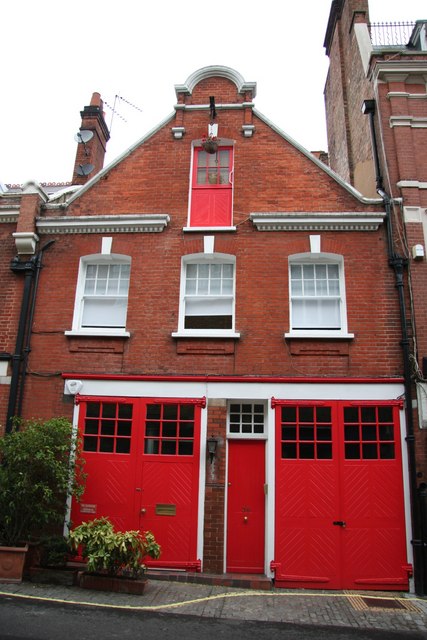
.jpg)
